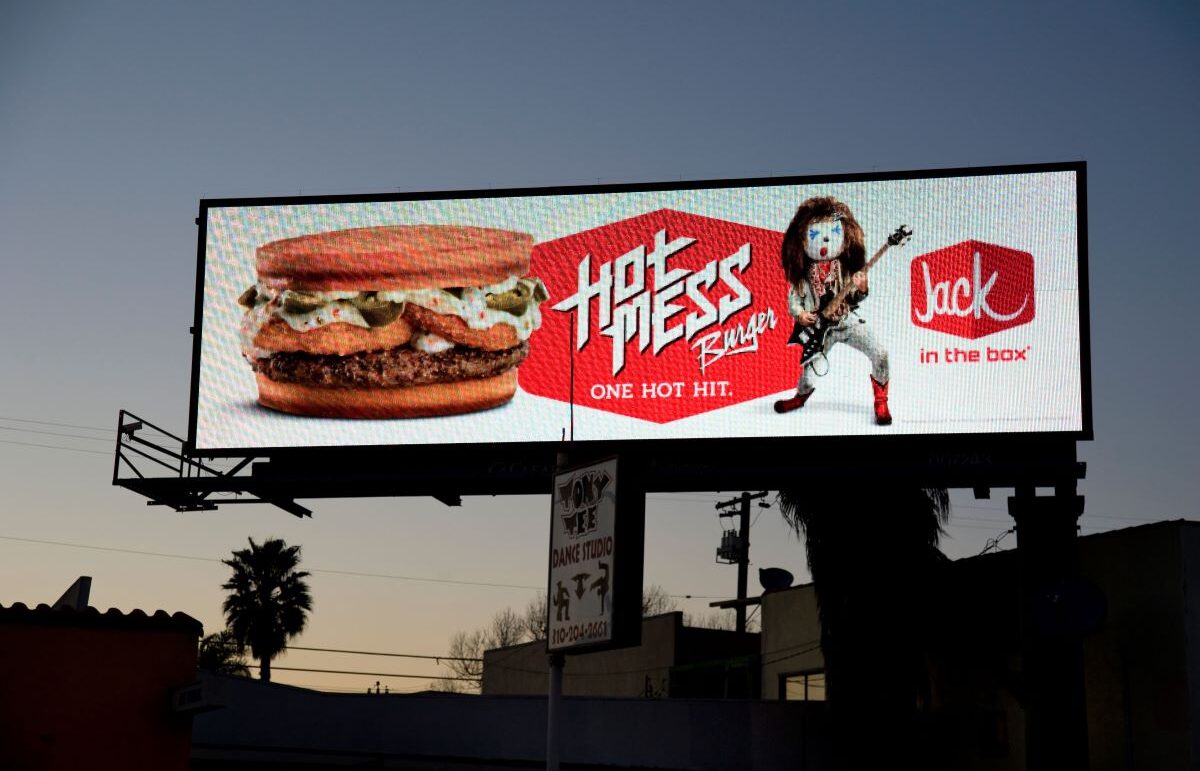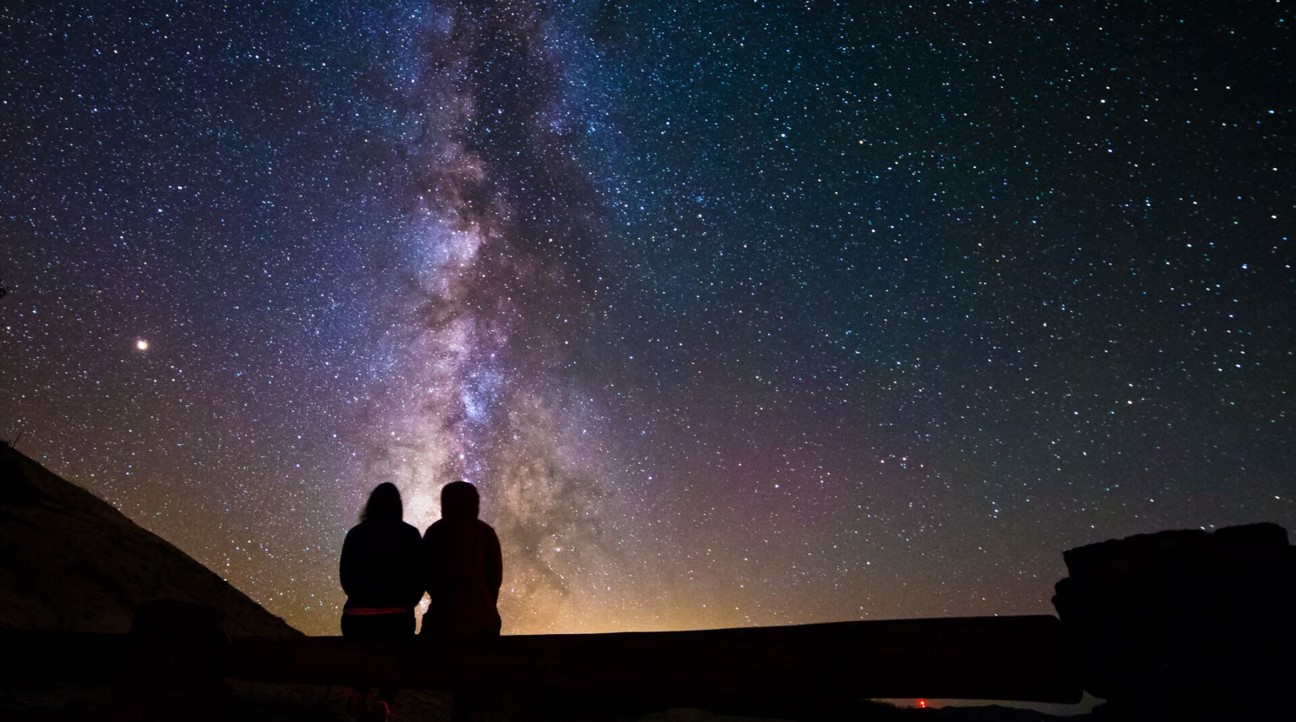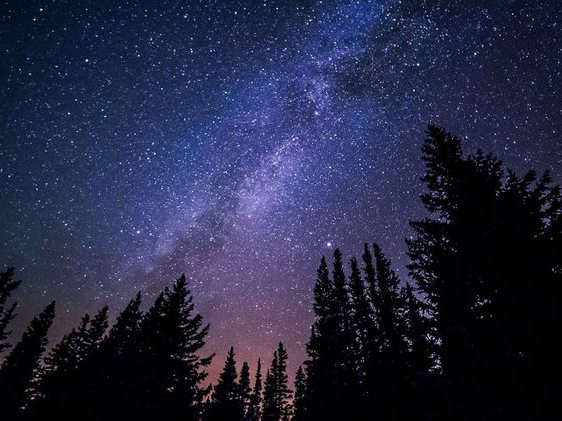Our Night Sky is a Vanishing Resource
Our single largest scenic resource is the sky we view every day. Although we have made great strides in reducing air pollution, a new problem has emerged in the form of light pollution. The night sky is the common heritage of all peoples, but each year fewer Americans can view a truly dark sky from their homes or neighborhoods.
The night sky, which can offer profound beauty even in humble places, ought to be accessible to all Americans, but increasingly belongs only to those with the means and leisure to travel to remote and undeveloped areas of the country.
Light Pollution
Light pollution negatively impacts our ability to enjoy night skies in their natural state. It also harms wildlife and disrupts fragile ecosystems, and excessive lighting harms human health as well. Acute lighting problems from digital billboards distract drivers, making our roadways even more dangerous to motorists and pedestrians.
Light pollution has been increasing at a rate of 9.6% per year from 2011 to 2022, according to a recent study published on science.org.
This suggests that a baby born in a region where 250 stars were visible at night would only see 100 stars by their 18th birthday.
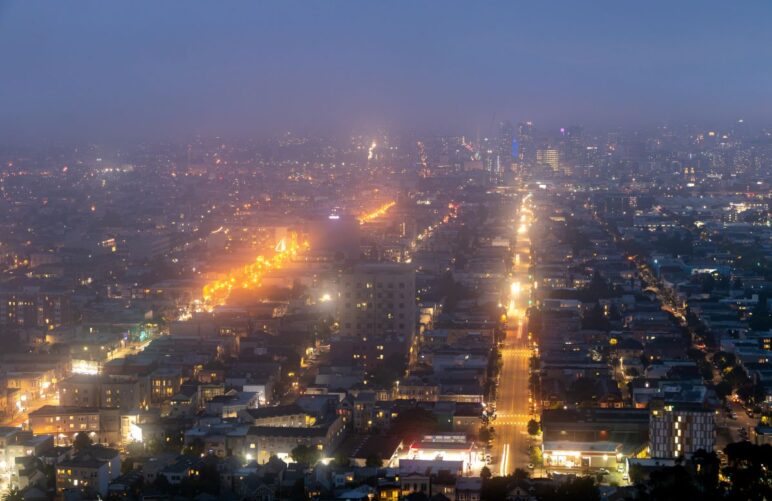
9.6%
Light pollution grew by almost 10% year over year between 2011 and 2022.
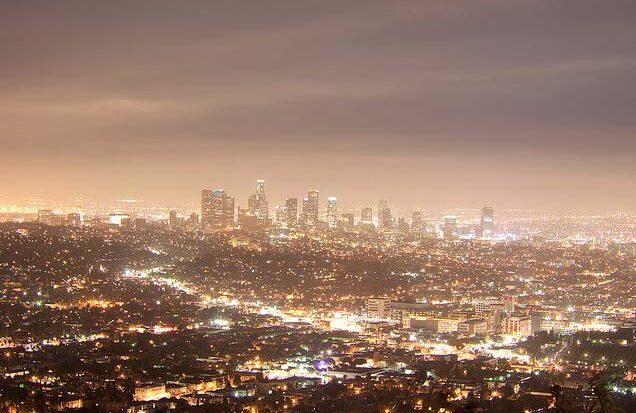
50%
An estimated 50% of all illumination from a light source is being wasted because...
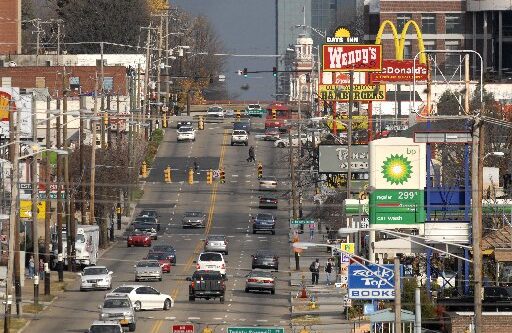
99%
99% of the population of the U.S. (except Alaska and Hawaii) and the European Un...
Digital Billboards and Light Pollution
Digital billboards use LED technology, exacerbating all these problems while also directing harmful light and moving messages at drivers trying to safely operate under nighttime driving conditions.
The light pollution from these signs also disrupts the circadian rhythms and related behavior of local wildlife. Laws designed to reduce light pollution from digital billboards typically include “quiet hours” in which signs must be turned off and may include maximum brightness standards while operating, but these measures are not sufficient to prevent harm.
